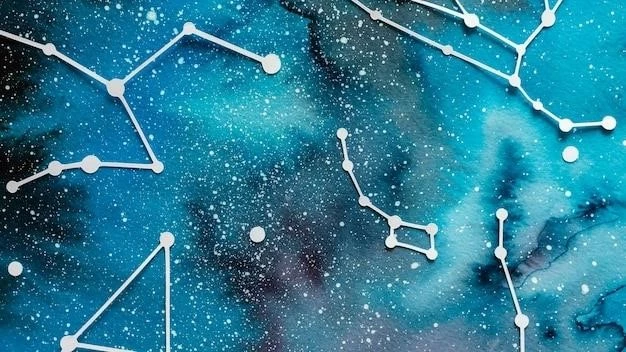For millennia, humans have gazed upwards towards the celestial tapestry, seeking patterns and meaning amongst the stars. These patterns, which we call constellations, have served as navigational aids, inspired countless myths and legends, and fueled our curiosity about the cosmos. But what exactly are constellations, and how much truth lies behind the ancient tales associated with them?

The Nature of Constellations
Constellations, at their core, are nothing more than optical illusions. They are not actual groupings of stars bound by gravity, but rather chance alignments of stars that appear close together from our perspective on Earth. The stars within a constellation can be vastly different distances from us, and their apparent proximity is simply a trick of perspective.
Imagine standing in a forest and looking at a distant mountain range. From your viewpoint, certain trees might appear to line up with peaks on the mountain, creating the illusion of a pattern. However, if you were to move to a different location, the apparent alignment would shift. The same principle applies to constellations.
Cultural Interpretations and Mythology
While the physical reality of constellations is relatively straightforward, their cultural significance is far more profound. Throughout history, different cultures have projected their own stories and mythologies onto the stars, creating a rich tapestry of celestial lore.
Greek Mythology and the Western Tradition
The constellations most familiar to Western cultures are largely based on those identified by the ancient Greeks. These constellations, often depicting heroes, gods, and mythical creatures, were deeply intertwined with Greek mythology. For example:
- Orion, the hunter, forever pursues Taurus the bull across the celestial sphere.
- Ursa Major, the Great Bear, represents Callisto, a nymph transformed into a bear by the jealous goddess Hera.
- Andromeda, the chained maiden, awaits her rescue by Perseus from the clutches of Cetus, the sea monster.
These myths, passed down through generations, served not only as entertaining stories but also as mnemonic devices for remembering the positions of the stars, which were crucial for navigation and agriculture.
Other Cultural Perspectives
It’s important to note that Greek mythology is just one lens through which to view the constellations. Other cultures around the world developed their own unique interpretations and stories based on their own beliefs and experiences.
- In ancient China, constellations were associated with emperors, officials, and other figures of social hierarchy.
- Polynesian navigators relied on a complex system of star knowledge, including constellations, to navigate the vast Pacific Ocean.
- Indigenous cultures in the Americas often incorporated constellations into their creation myths and ceremonies.

Modern Astronomy and the IAU
In the early 20th century٫ as astronomical knowledge advanced٫ the need for a standardized system of constellations became apparent. In 1922٫ the International Astronomical Union (IAU) officially recognized 88 constellations٫ covering the entire celestial sphere. These constellations٫ based largely on the ancient Greek tradition٫ are still used by astronomers today.
However, it’s crucial to remember that these modern constellations are not arbitrary divisions of the sky. They are based on historical precedent and cultural significance, reflecting humanity’s enduring fascination with the patterns and stories we find in the stars.
Conclusion
Constellations, while not physically real groupings of stars, hold immense cultural and historical value. They are a testament to humanity’s enduring curiosity about the universe and our desire to find meaning and order in the cosmos. While modern astronomy has provided us with a deeper understanding of the true nature of stars and galaxies, the ancient tales associated with constellations continue to captivate our imaginations and remind us of the enduring power of storytelling and human connection to the night sky.










